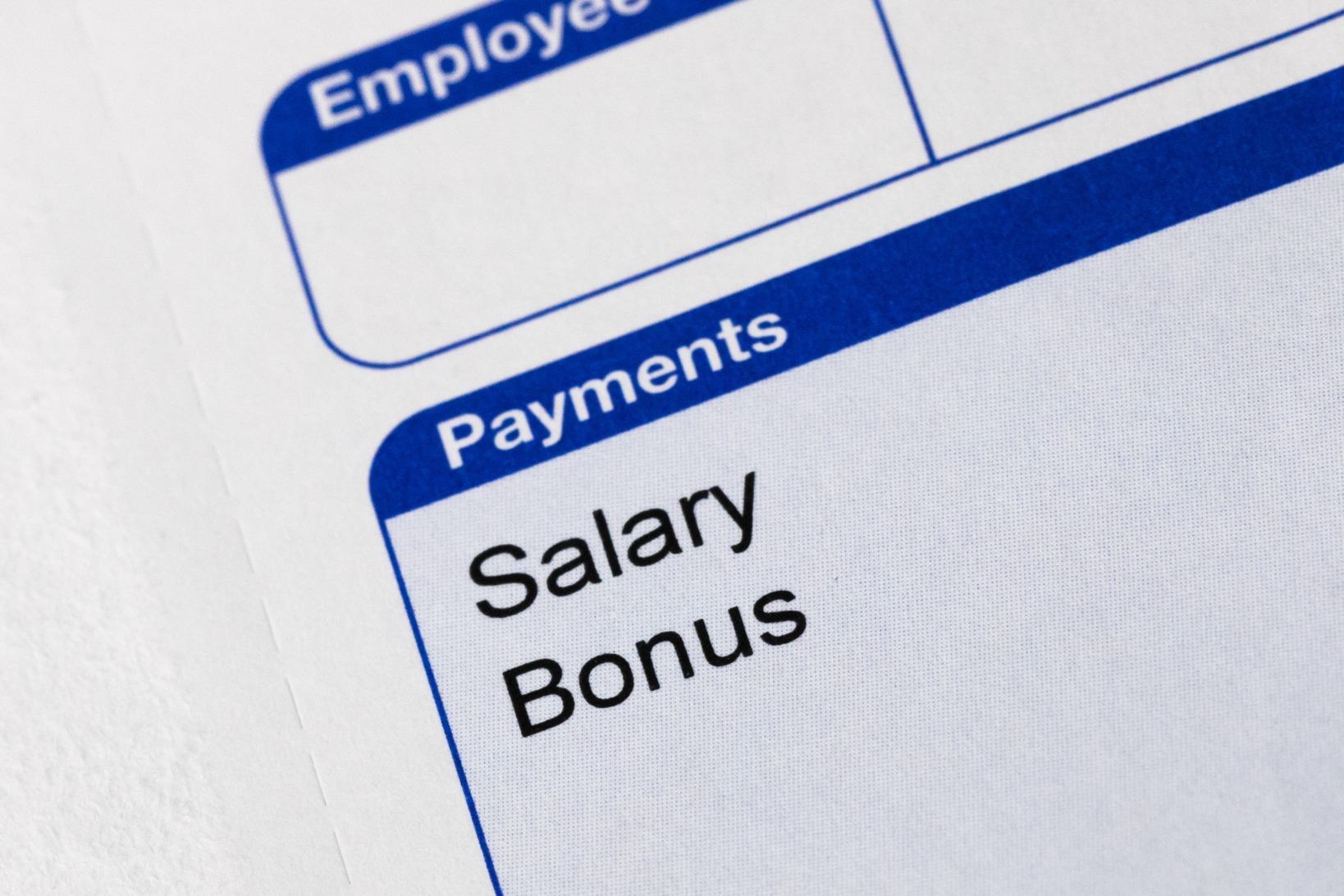Some of the Unemployed May Never Work Again
More folks than ever before have been out of a job for a year or more. The prognosis for them isn't good. And that spells bad news for the economy.

It's likely to take five or more years for the ranks of the long-term unemployed to return to a more normal level. With the unemployment rate remaining stubbornly high and job creation anemic, the number of would-be wage earners who have been out of work for a year or more is ballooning. It's risen from 668,000 when the recession began at the end of 2007 to the current tally of 4.3 million -- nearly 3% of the labor force and almost three times the previous post-World War II high of 1% in 1982.
That time, it took about five years for the number of long-term unemployed Americans to recede to its prerecession total. This time, there's reason to believe the tide will take longer to ebb. One reason: In the roughly 60 months since the inflated housing market crested, about 2 million jobs in construction have disappeared. Although housing construction will gradually recover, it won't return to bubble levels for a couple of decades, at least. As a result, many of today's unemployed construction workers may never earn a paycheck again. Moreover, the longer someone is out of work, the less likely he or she is to return to the workplace. Job skills atrophy, especially in fields that require computer use or other rapidly evolving technology.
What's more, following this recession, the spectrum of workers finding themselves out of work for a prolonged period is broader than in the past. Just 35% of those now counted among the long-term unemployed were working in factories before the recession. In the downturn of the early 1980s, 55% of those with no jobs for a year or more came from factories. This time, a greater portion were earning their livings in finance, insurance, real estate and business services. The ratio of college graduates is higher now, too.
From just $107.88 $24.99 for Kiplinger Personal Finance
Be a smarter, better informed investor.

Sign up for Kiplinger’s Free Newsletters
Profit and prosper with the best of expert advice on investing, taxes, retirement, personal finance and more - straight to your e-mail.
Profit and prosper with the best of expert advice - straight to your e-mail.
The fact is, "natural unemployment" has probably crept up in recent years. In the late 1990s, many economists considered the nation to be at full employment with a jobless rate around 4% -- just enough to account for folks moving between jobs plus enough slack to prevent wage inflation. Now economists figure that the benchmark is about 5.5% unemployment, maybe even 6% -- closer to what had been considered natural unemployment through most of the previous two decades. Odds are it'll stay near that higher percentage for years, long after the economy is operating at full steam.
That's a bum deal on two scores. Having a larger share of the workforce unable to find jobs at any given time keeps pressure on government to spend more on the social safety net -- not just jobless benefits but also Medicaid, food stamps and more. And more long-term unemployed means millions of shoppers staying away from malls, auto dealerships, restaurants and other businesses.
The outlook isn't good. Almost one-third of today's jobless have been out of work for more than one year. Even though the economy is improving, job creation remains sluggish. It will be several months before employers can be counted on to consistently add 130,000 net new jobs a month, and that will only match growth of the labor force from immigrants and young folks just starting out. To bring the unemployment rate down will take sustained net job growth of much more than that.
Why are there so many long-term unemployed this time around? First and foremost, it's because this recession threw a whopping 8.4 million people out of work -- compared with 2.9 million in the early 1980s. In addition, hiring in this recovery has been slower than in all other postwar economic recoveries.
It's also possible that extending unemployment benefits beyond the standard 26 weeks -- as Congress has done several times -- discourages people from trying to find work. Critics of lengthier benefit periods cite the national average of 90 weeks of benefits in the current recession and recovery versus an average of 55 weeks in 1983. But Federal Reserve economists say that even without the extended benefits, the number of long-term unemployed would total at least 3 million, still a record.
Profit and prosper with the best of Kiplinger's advice on investing, taxes, retirement, personal finance and much more. Delivered daily. Enter your email in the box and click Sign Me Up.

-
 Amid Mounting Uncertainty: Five Forecasts About AI
Amid Mounting Uncertainty: Five Forecasts About AIThe Kiplinger Letter With the risk of overspending on AI data centers hotly debated, here are some forecasts about AI that we can make with some confidence.
-
 Worried About an AI Bubble? Here’s What You Need to Know
Worried About an AI Bubble? Here’s What You Need to KnowThe Kiplinger Letter Though AI is a transformative technology, it’s worth paying attention to the rising economic and financial risks. Here’s some guidance to navigate AI’s future.
-
 Will AI Videos Disrupt Social Media?
Will AI Videos Disrupt Social Media?The Kiplinger Letter With the introduction of OpenAI’s new AI social media app, Sora, the internet is about to be flooded with startling AI-generated videos.
-
 What Services Are Open During the Government Shutdown?
What Services Are Open During the Government Shutdown?The Kiplinger Letter As the shutdown drags on, many basic federal services will increasingly be affected.
-
 The Economy on a Knife's Edge
The Economy on a Knife's EdgeThe Letter GDP is growing, but employers have all but stopped hiring as they watch how the trade war plays out.
-
 Apple Readies for AI Upgrade with New iPhones
Apple Readies for AI Upgrade with New iPhonesThe Kiplinger Letter The tech giant has stumbled when it comes to artificial intelligence, but a new batch of iPhones will help it make headway.
-
 Japan Enters a New Era of Risk and Reform
Japan Enters a New Era of Risk and ReformThe Kiplinger Letter Japan has entered a pivotal moment in its economic history, undertaking ambitious policy and structural reforms to escape from decades of stagnation.
-
 How Consumers Are Tinkering with Cutting-Edge AI
How Consumers Are Tinkering with Cutting-Edge AIThe Kiplinger Letter Companies launching artificial intelligence tools are jostling for consumer attention. Some products are already building a deep connection with users.

